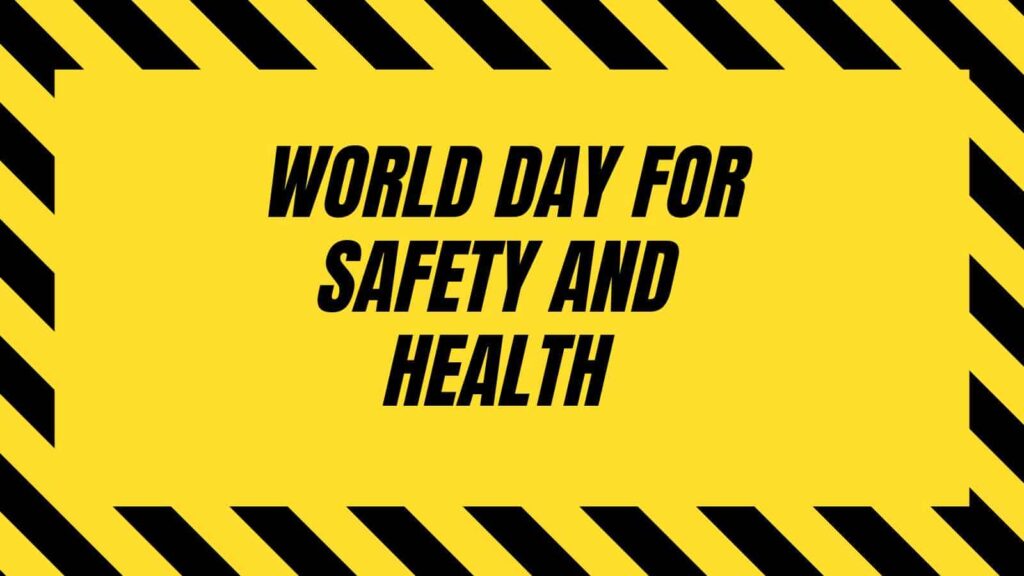Did you know that the United Nations celebrates World Day for Safety and Health at Work every April 28? This year's theme is ensuring safety and health at work in a changing climate. In 2003, the International Labor Organization began celebrating the World Day to highlight the prevention of workplace accidents and illnesses. The goal is to raise awareness about how to make work safe and healthy and the need to raise the political profile of occupational safety and health. This celebration is very different from Labor Day in the Western world, or “Worker's Day” as it was known in the Soviet bloc. The day was about celebrating work and accomplishments without thinking too much about what governments and businesses are doing to keep workers safe.
Despite the proliferation of automation and digital technology, workplace accidents are not a thing of the past. Data from both the US and Europe (see WearRA – What motivates us) suggests that rates of musculoskeletal injuries in the workforce are not decreasing. As a society, we need to understand what is acceptable risk at work, and that employees in physically demanding jobs deserve to retire with less physical damage so that they can enjoy their golden years more. It is your responsibility to re-evaluate whether or not.
Occupational exoskeletons aim to reduce injury rates in the field. By 2024, wearables will be used for repetitive tasks such as manufacturing, logistics, agriculture, and more recently, healthcare and construction. They come in a variety of designs, including wide support for the shoulders, hips, and fingers (grabbing), and support when holding static, awkward poses. However, this technology and the benefits it promises will not become widely available or complete without investment and support.

If World Health and Safety Day aims to raise health awareness among workers, this is exactly what occupational exoskeleton technology can take advantage of. The uptake of occupational/industrial exoskeleton technology is not slow; it could reach the workers who benefit from it sooner. Awareness campaigns, government subsidies, and investments could act as catalysts to jumpstart the adoption rate of this beneficial technology. On World Safety and Health Day, let us all raise awareness and consider working with governments, businesses and labor organizations to introduce ambulatory technology to our members and constituents.
Challenges and considerations:
Humanity has recently experienced a digital revolution. The way we communicate and speak has changed dramatically over the past few decades. But we haven't had a physical revolution in a while. In physically demanding occupations such as agriculture, manufacturing, logistics, and healthcare, to name just a few, it is culturally ingrained that people can be injured or injured. We ask firefighters to save us from a burning building or pull us out of a car accident, but we don't know how heavy their equipment is or what kind of cramped position they're in. They don't ask whether they had to take a life or how many of their colleagues lost their lives. Career due to injury. Exoskeleton technology requires investment to make devices more comfortable, transparent, smaller, and more convenient. But we also need education and awareness. Just because we've been doing things a certain way for generations, spark a physical revolution, redefine acceptable risk in the workplace, and give employees and contractors the tools they need. Recognizing that there is not a lack of technology to do the job (exoskeleton or not, depending on the task) to do the job more safely.


